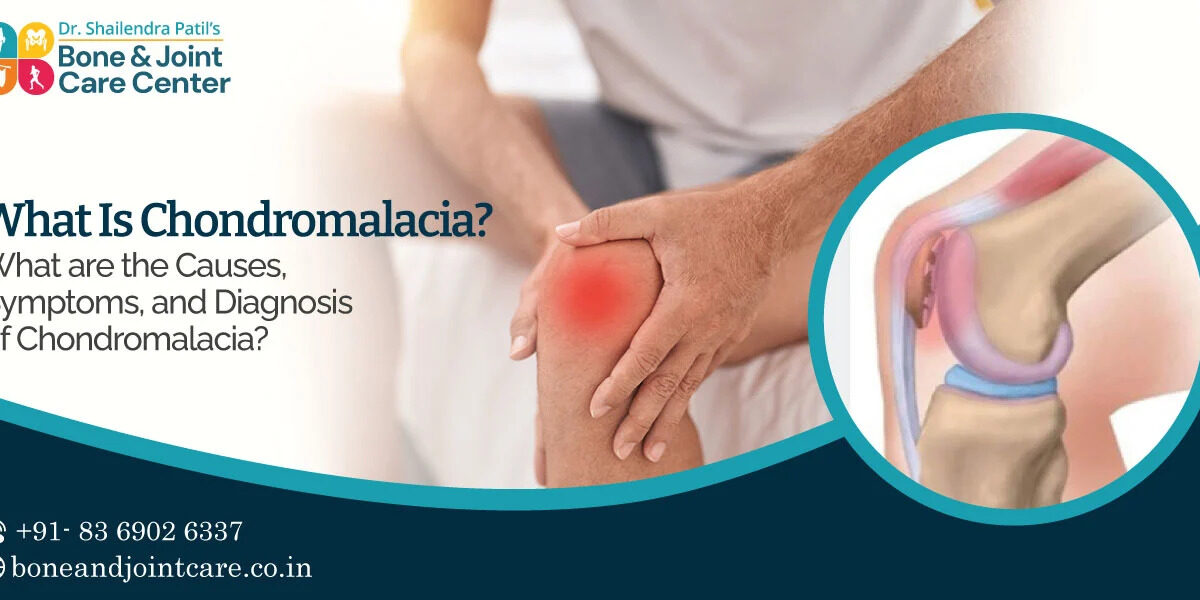Chondromalacia can be a source of discomfort and limited mobility for many individuals. It’s essential to understand its causes, symptoms, and available treatment options to effectively manage this condition. People suffering from this condition must see an Arthroscopic Knee Surgery In Thane. Here, you can learn about everything you need to know about chondromalacia.
What is Chondromalacia?
Chondromalacia patellae, commonly referred to as chondromalacia, is a condition that affects the cartilage beneath the kneecap (patella). This condition can cause discomfort, pain, and limited mobility, particularly during activities that involve bending the knee, such as walking, running, or climbing stairs. To effectively manage chondromalacia, it’s crucial to understand its causes, recognize its symptoms, and undergo proper diagnosis.
Causes of Chondromalacia:
Chondromalacia can be caused by various factors, including:
- Traumatic Injuries: Direct blows to the knee or repetitive stress from activities such as running or jumping can lead to chondromalacia. These injuries can cause damage to the cartilage beneath the kneecap, resulting in pain and discomfort.
- Overuse of the Knee Joint: Activities that involve constant bending or pressure on the knee joint, such as kneeling or squatting, can contribute to the development of chondromalacia. Over time, this can lead to wear and tear of the cartilage, causing it to soften and deteriorate.
- Misalignment of the Patella: An imbalance in the muscles surrounding the knee or structural abnormalities in the patella can result in improper alignment. This misalignment can lead to increased pressure on specific areas of the cartilage, leading to chondromalacia.
Symptoms of Chondromalacia
According to Bone & Joint Care Center, the symptoms of chondromalacia can vary in severity and may include:
- Knee Pain
- Swelling
- Grinding Sensation
- Limited Mobility
- Weakness in the leg
- Difficulty walking
- Clicking or catching sensation in the knee
Diagnosis of Chondromalacia:
Diagnosing chondromalacia typically involves a combination of medical history, physical examination, and diagnostic imaging. The following methods are commonly used:
- Medical History: Your healthcare provider will inquire about your symptoms, medical history, and any previous injuries or conditions related to the knee joint.
- Physical Examination: A thorough physical examination of the knee joint will be conducted to assess for tenderness, swelling, and range of motion. Specific tests, such as the patellar grind test or patellar tilt test, may be performed to evaluate the stability and alignment of the patella.
- Diagnostic Imaging: Imaging tests such as X-rays, magnetic resonance imaging (MRI), or computed tomography (CT) scans may be ordered to visualize the internal structures of the knee joint.
In some cases, an orthopaedic knee surgeon in Mumbai performs a minimally invasive procedure called arthroscopy to directly visualize the inside of the knee joint and assess the extent of cartilage damage. This procedure allows for a more accurate diagnosis and may be recommended if other diagnostic methods are inconclusive.
In Conclusion
chondromalacia is a condition that affects the cartilage beneath the kneecap, causing pain, swelling, and limited mobility. By understanding its causes, recognizing its symptoms, and undergoing proper diagnosis, individuals can receive appropriate treatment and management strategies to alleviate discomfort and improve knee function. If you’re experiencing symptoms of chondromalacia, consult with a doctor at Bone & Joint Care Center. They have the best team of expert Orthopaedic Knee Surgeons in Mumbai.
How Does Knee Pain Impact Your Daily Activities? Unveiling the Challenges
Arthroscopic Knee Surgery In Thane







